by California Casualty | Behind the Scenes, Educators, Firefighters, Nurses, Peace Officers, Video |
day with firefighte
Together We CAN.
During these trying times, it’s important to know that you are not alone. You have a community of people behind you, encouraging and fighting for you.
Nurses, doctors, and other healthcare professionals are leading the fight on the frontlines against COVID-19, stepping up heroically in the face of incredibly long hours, heartbreaking care cases, and increased personal risk. Peace officers, firefighters, paramedics, and other emergency personnel are on the frontlines risking their own lives to keep our communities safe and in working order during this public health crisis. While teachers, school administrators, and education support professionals have completely changed their teaching strategies to accommodate students so they can stay safe at home and finish out the rest of the school year virtually.
We have never been more thankful for our everyday heroes than we are right now.
The coronavirus pandemic has turned our daily lives upside down, but when we come together as a community- as neighbors, as family, as friends -we are unstoppable. We CAN get through this and we WILL. Together we CAN.
We’d like to extend an extra special thanks to the Firefighters, Police Officers, Teachers, and Nurses who took the time to participate in our Together We CAN video. It is a privilege to hear about your daily experiences throughout the pandemic, firsthand. We appreciate your courage and dedication to helping keep us safe now, more than ever. Thank you.
This video is brought to you by California Casualty, providing auto and home insurance to educators, law enforcement officers, firefighters, and nurses. Get a quote at 1.866.704.8614 or www.calcas.com. Be sure to check out our Heroes series at https://mycalcas.com/leoheroesvideo/ or visit California Casualty’s YouTube Channel.
The Heroes Video Series was filmed and produced by Wide Awake Films.
If you’re not already following California Casualty, you can find us on Facebook, Instagram, Twitter, Pinterest, YouTube and LinkedIn.
At California Casualty, our mission is to provide trusted, personalized auto and home insurance protection. exclusively for educators, law enforcement, nurses and firefighters—those who protect, strengthen and enhance the quality of life in American communities.

by California Casualty | Educators |
Our Education Blogger is a public school teacher with over a decade of experience. She’s an active NEA member and enjoys writing about her experiences in education.
Have you ever shown a video to the class only to be bombarded by ads and other distracting content? Sometimes, that distracting content can be inappropriate for school, and in some situations, get you into trouble! Educators know to view any videos prior to a class viewing to evaluate its appropriateness, but have you ever thought about what else is happening on the page or video you are watching? Fortunately, there is something you can do about it.
We’ve put together a collection of 6 free resources you can use to remove and block advertisements and other distractions from web pages and videos. These helpful resources allow you to safely show videos without worry, and they’re all simple to use.
AdBlock is one of the most popular ad blockers worldwide with more than 60 million users on Chrome, Safari, Firefox, Edge as well as Android. It removes ads from YouTube videos and blocks websites and search ads. Easy to install and free to use within Google Chrome. Perfect for student research. Students can become easily distracted by advertisements and videos. AdBlock helps to keep students focused.
NicerTube gets rid of all the fluff, distractions, and questionable content around YouTube videos. Copy YouTube video URL, paste into the required field, choose a background, and create your safe video. NicerTube generates a new link to your video. All for free!
SafeShare.tv Safely watch and share YouTube and Vimeo videos without advertisements and other unwanted distractions such as annotation so that they can be viewed safely without the hassle of first having to download and convert videos with YouTube Downloader. To view a video ad-free, copy and paste the video’s URL into SafeShare.tv’s safe-link generator. The site will automatically send you to the safe version of your video. You may also choose a title and description of the video.
ViewPure allows users to watch YouTube videos without comments or other distractions. ViewPure removes all comments and related videos, allowing videos to be watched without distractions, or more likely, without “inappropriate content.” It is simple and free! No need to copy and paste a URL. Simply drag and drop the “Purify” button into your toolbar. Click the “Purify” button when you are on a YouTube page to remove ads and other distracting content.
Quietube offers the ability to watch videos without the distractions. To watch web videos without the comments and other unnecessary junk, just drag the Quietube button to your browser’s bookmarks bar. Supports videos from YouTube, Viddler, and Vimeo. The site seems primitive and is only one page, however, it gets the job done!
TubeChop allows you to easily chop a funny or interesting section from any YouTube video and share it. This is a great, free tool if you want to show part of a video. Find the video you want to chop, select and cut the video, and share it. There are no ads or other distractions.
We want to hear from you! What resources do you use to remove ads and other distracting content from videos and websites? Let us know in the comment section.
This article is furnished by California Casualty, providing auto and home insurance to education professionals, law enforcement officers, firefighters, and nurses. Get a quote at 1.866.704.8614 or www.calcas.com.

by California Casualty | Educators, News |
“Books give a soul to the universe, wings to the mind, flight to the imagination, and life to everything.” -Plato
“Reading is to the mind what exercise is to the body.” -Joseph Addison
“There is more treasure in books than in all the pirate’s loot on Treasure Island.” -Walt Disney
Books have been used for centuries to teach, to excite, to calm, to humor, to escape reality, and so much more. Although we may not be able to go enjoy our favorite books at school or in libraries, during these trying times, we are fortunate enough to still be able to celebrate the transformative power of reading with our families by enjoying ebooks for free online.
Here are 5 websites that offer free ebooks for kids, so they can discover their love for reading:
-
- Open Library – A non-profit internet archive of more than one million books that are available to read for free online, 20,000 of those are children’s books
- Oxford Owl – Is a website designed for parents to help kids learn. It has 200+ free ebooks along with activity guides separated by age and reading level to help kids learn.
- Barnes & Noble Free eBooks – Offers a large selection of free picture books, chapter books, and read-along eBooks for toddlers, as well as free fiction, non-fiction, and educational eBooks for young readers. You can download them with their free Nook app.
- Amazon’s Free Kids eBooks – Has children’s books for free download on their website by visiting the “Kindle” tab and opening up “Children’s eBooks”, you can then select any genre you would like and at the top of each genre’s page, there is a “100 Free” tab.
- International Children’s Digital Library – Is a non-profit website that offers thousands of books for children separated by age group and genre. Create a free account to save books and start reading.
If your child prefers audiobooks you could visit the World Book Day’s World of Stories, which is currently offering free audiobooks in the genres: Picture Books, Young Fiction, Fiction, & Teen.
Or you can download these audiobook apps:
-
- Audible Audiobooks & Originals
- LibriVox Audiobooks
- AudioBooks.com Get Audiobooks
- CloudBeats Audiobooks Offline
- Bookmobile Audiobook Player
*Please note that not all books on audiobook apps are free
This article is furnished by California Casualty, providing auto and home insurance to educators, law enforcement officers, firefighters, and nurses. Get a quote at 1.866.704.8614 or www.calcas.com.
by California Casualty | Auto Insurance Info, Educators, News |
Earth Day is a holiday celebrated around the globe to raise awareness about environmental impacts and issues.
Celebrate the holiday by getting outdoors with your kids and trying some of these fun crafts!

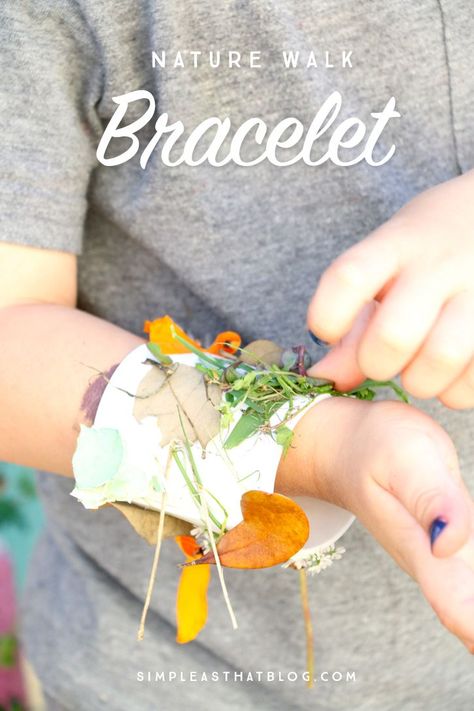

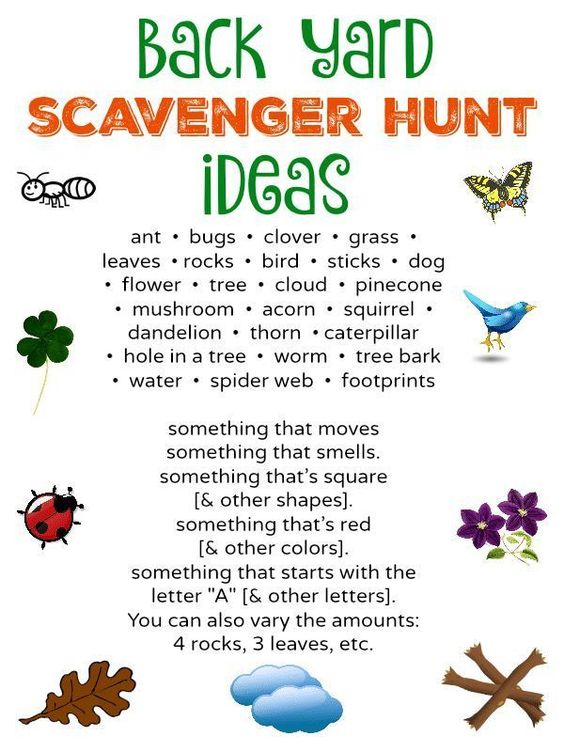
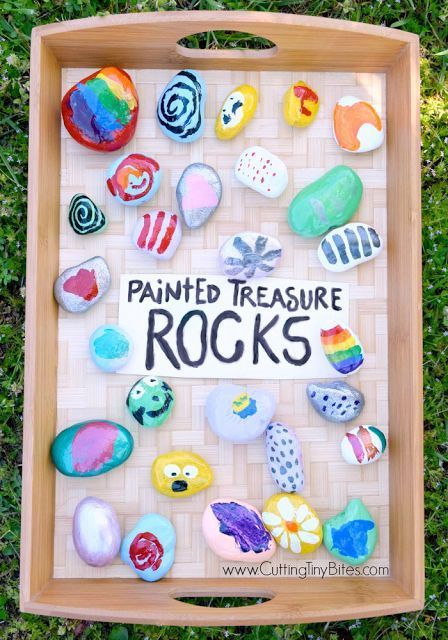

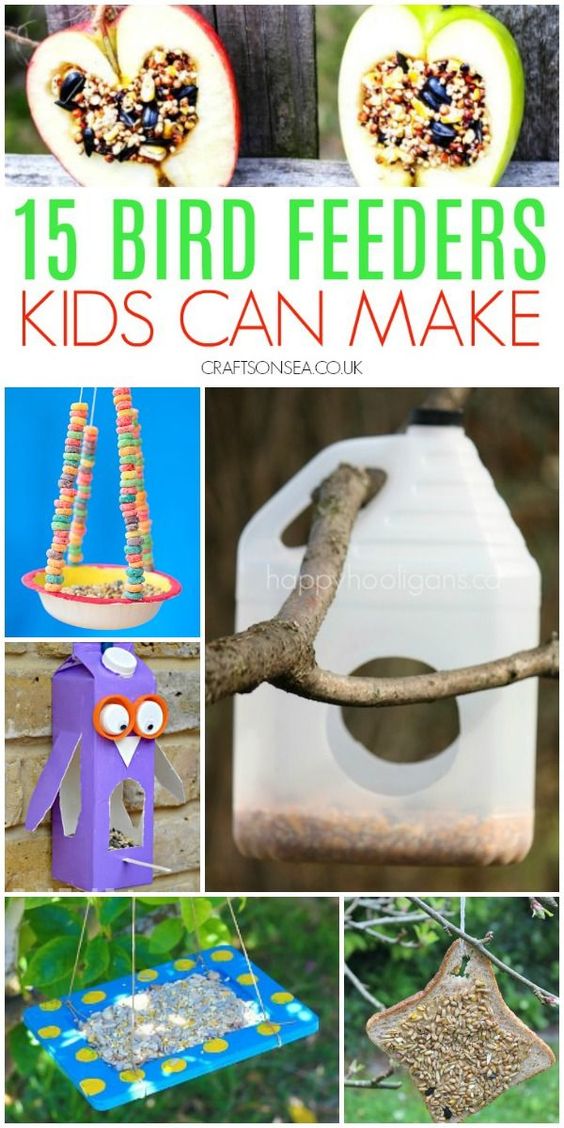



Head over to our Pinterest board, “Earth Day Crafts for Kids” for more fun Earth Day activities you can do with your kids at home. Don’t forget to give us a follow at California Casualty to stay up to date on every new recipe idea we discover! Scan our Pincode with your Pinterest camera to follow:

This article is furnished by California Casualty, providing auto and home insurance to educators, law enforcement officers, firefighters and nurses. California Casualty does not own any of the photos in this post, all are sourced to their original owners. Get a quote at 1.866.704.8614 or www.calcas.com.
by California Casualty | Educators, News |
Here are 32 Youtube Channels made for online learning K-12!
Click here to download the guide.
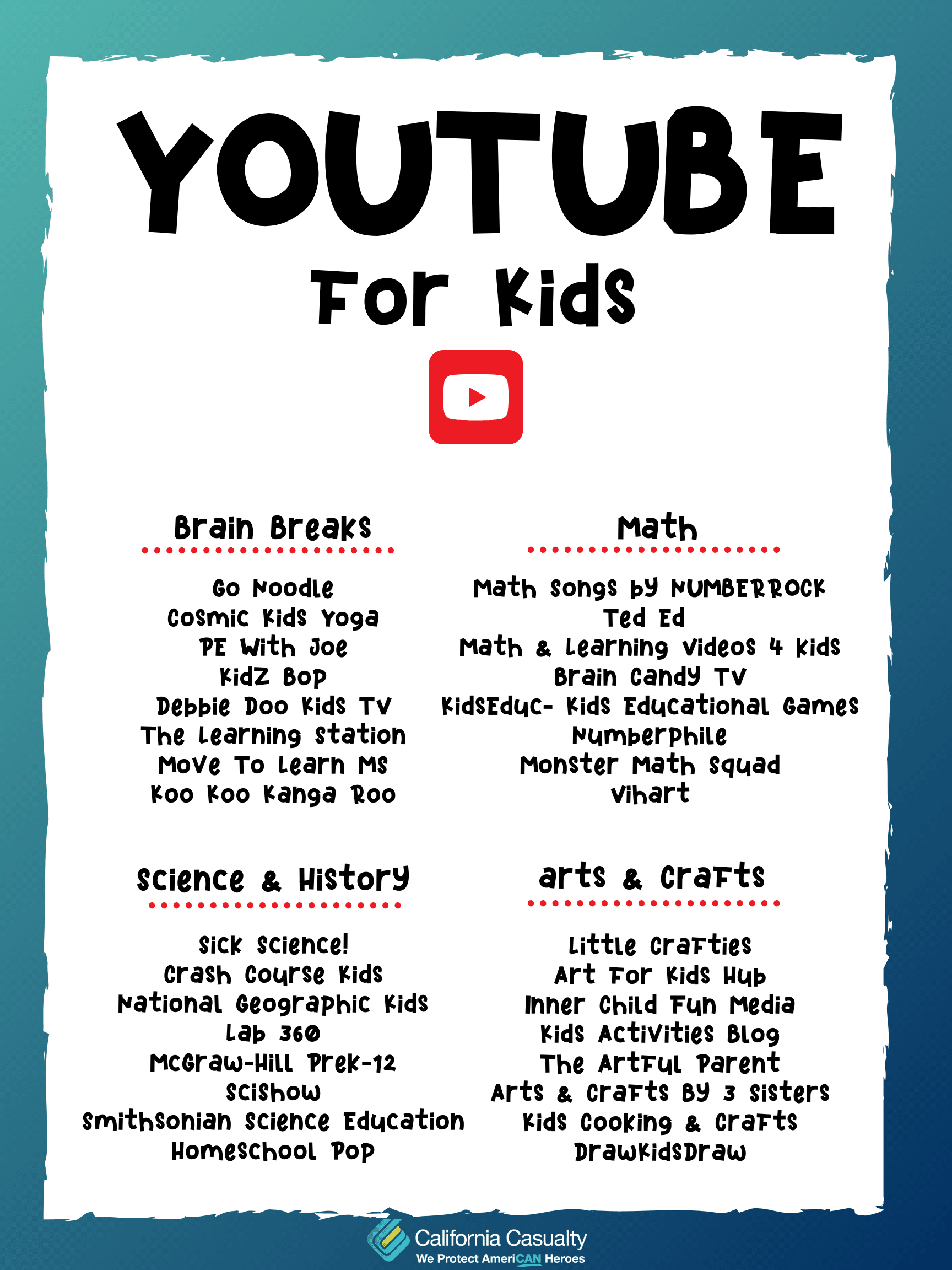
This article is furnished by California Casualty, providing auto and home insurance to educators, law enforcement officers, firefighters, and nurses. Get a quote at 1.866.704.8614 or www.calcas.com.
by California Casualty | Educators, News |
Here are 100+ Indoor Activities that your child can do indoors, that don’t require a screen!
Click here to download.
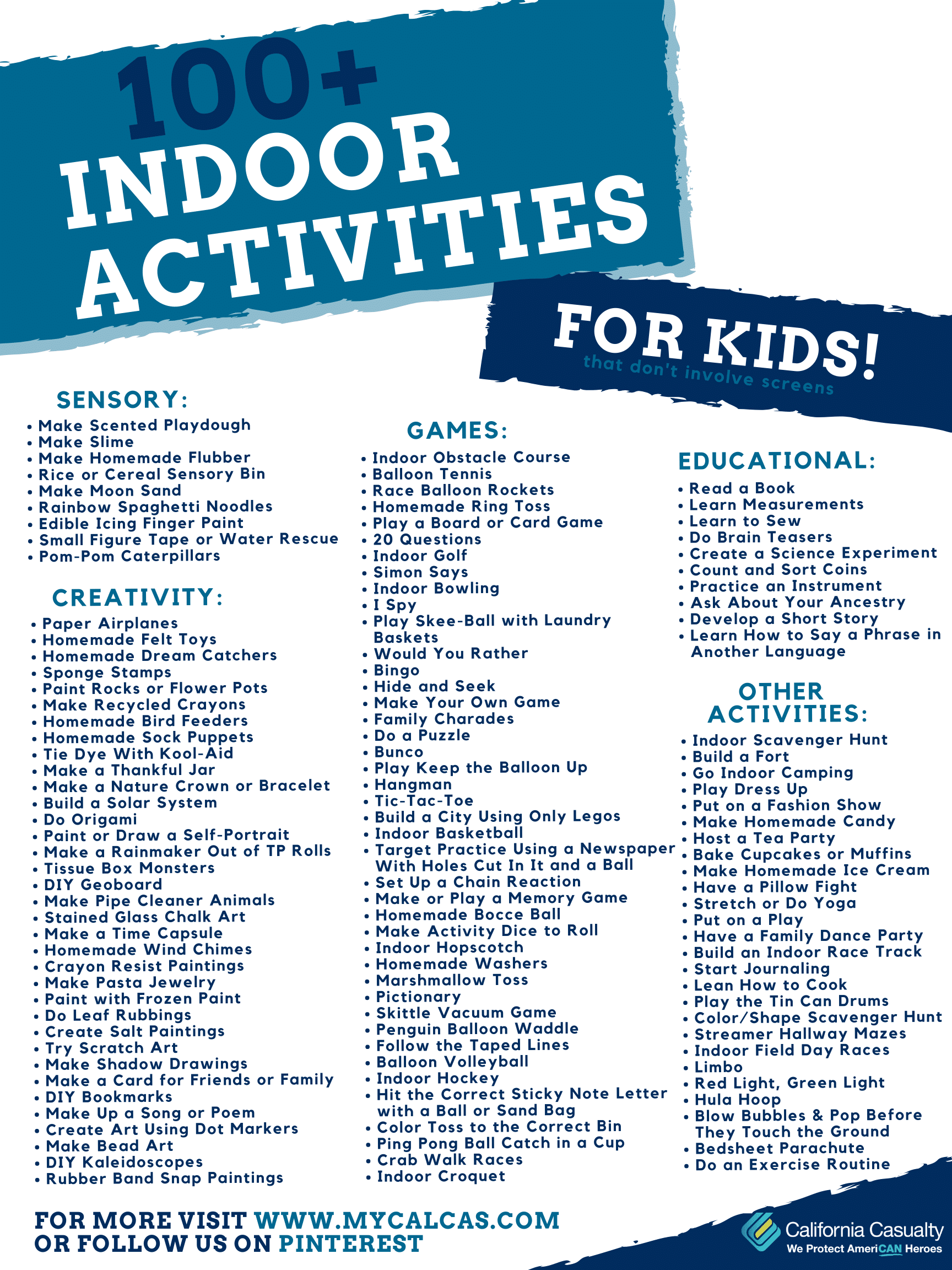
This article is furnished by California Casualty, providing auto and home insurance to educators, law enforcement officers, firefighters, and nurses. Get a quote at 1.866.704.8614 or www.calcas.com.















